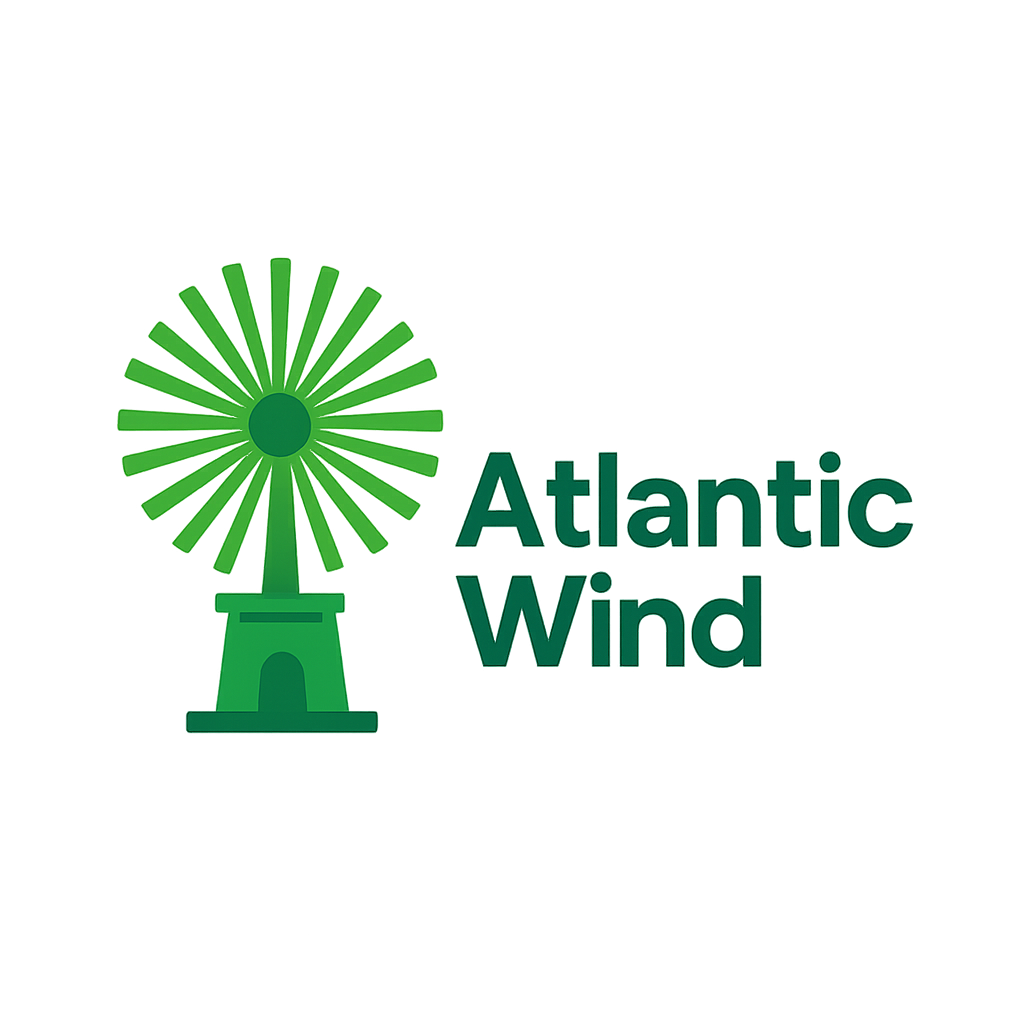
What % of shortage of any product do you think can empty the shelves?
Have you ever wondered why, when a storm is announced on TV, milk and bread disappear from the stores in a matter of hours? It would seem that the stock was huge, and the storm has not even begun. The answer lies not in the real physical shortage, but in a much more subtle and powerful force.
It is generally accepted that if there is enough of a product on the shelves, say, 90% of the norm, then this is more than enough for everyone who wants it. After all, if a manufacturer supplies 100,000 units of a product, and consumption is 90,000, then the remaining 10,000 is a completely normal stock. However, the reality is much more complicated and, oddly enough, more emotional.
Imagine: only 10% of the product disappears from the shelves. The reason is unimportant: a delay in delivery, rumors of a price increase, or just holiday excitement. What happens next? Buyers begin to perceive this as a signal that the product is becoming scarce.
Panic and hoarding: People who notice empty shelves start buying the product “in reserve”, even if they usually don’t need that much. “What if it’s gone tomorrow?”.
- Changing habits: Those who usually buy one package now buy two or three. Those who weren’t going to buy now decide to buy the product while it lasts.
- Domino effect: The more people stock up, the faster the product disappears. This, in turn, increases the panic of those who came later, creating a self-sustaining cycle.
As a result, even if the initial shortage was 10%, in just a few hours the product can disappear from the shelves completely. This is not pure supply and demand mathematics, but the psychology of expectation and perception.
Understanding this phenomenon is not just an academic interest. It is the key to more conscious behavior in everyday life and in crisis situations. Be prepared for many shocks and keep a cool head. Knowing how psychological factors can distort economic reality will help you:
- Avoid panic buying: When you see shelves starting to empty, remember this effect. There may not be a real shortage, just panic. Develop critical thinking and remember to ask simple questions and find answers to them.
This amazing phenomenon is a clear example of how fragile our world is when it comes to collective expectations and human behavior. A world where just 10% shortage can turn into an absolute absence, where rational logic gives way to instincts and emotions. This is the world that the Austrian School of Economics studies, diving deep into the subjective perceptions and actions of each person to understand how they form large-scale economic processes.
Doesn’t it make you think a lot?
